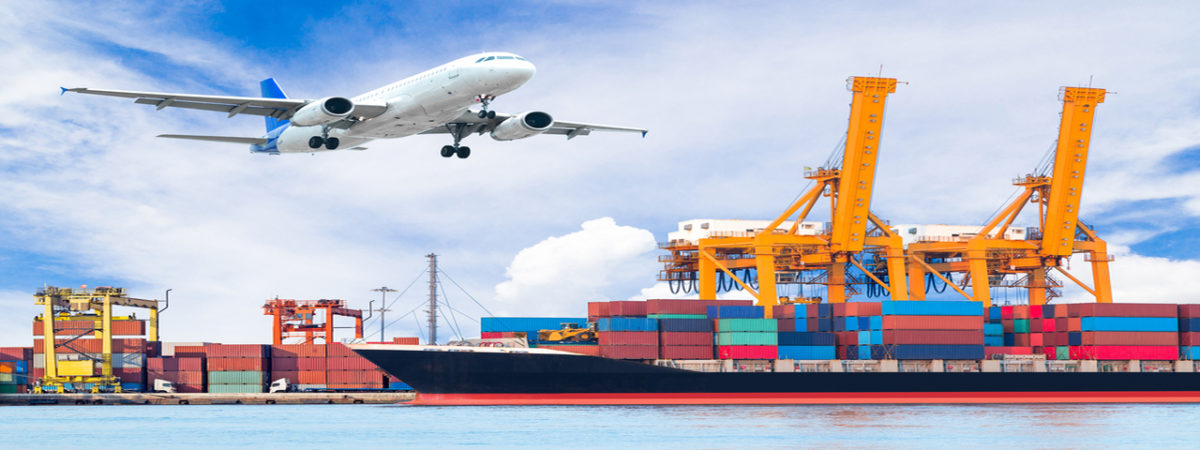Tariff walls and trade wars equal government planning (Part 2)
SUGGESTED



Protectionism Is Planning Winners and Losers
Trade-restricting policies represent forms of governmental economic planning. It is usual to think of “planning” in the classic Soviet or Nazi sense of a government directly and comprehensively owning and/or controlling the means of production and commanding their allocation and use. But the fact is that any form of government intervention, whether it be domestic barriers to trade and competition or fiscal measures to provide subsidies or impose penalties on the production and sale of various goods and services made within the home country, represent forms of government planning. It no less the case when all such economic policy tools are used to influence the production and flow of goods and services between nations. They, too, are all forms of government planning.
The government targets the importation of specific foreign goods or services that it considers harmful to, say, domestic employment or business profits and market share in a sector of the economy that it labels “essential” for some stated reason. Or it introduces a subsidy or a restriction to either foster or limit the production and export of a designated product or service.
It all such instances, the government plans to influence the patterns of production and consumption of goods and services from the ones they would have followed if not for the government’s visible hand in manipulating the outcomes of the market. In doing so, the government changes which individuals and groups have greater or fewer employment opportunities; which industries grow, decline, or remain the same, and therefore the profits they may earn; as well as which areas of the country experience more or fewer investments flows of various types within their regions of the national economy. (See my articles, “Trump’s Economic Warfare Targets Innocent Bystanders” and “Trump’s Protectionist Follies Threaten a Trade War”.)
For instance, the entire cloud of potential trade wars between the United States and other parts of the world all began earlier in 2018 when President Trump announced planned import restrictions on foreign steel and aluminium. The government’s goal, its “central plan,” is to retain and expand American steel and aluminium production and jobs. This same plan inescapably includes the intention of reducing sales, profits, and employment opportunities of the foreign producers, including a diminishment of the U.S.-based supply-chain of American middlemen and wholesalers who purchase and distribute those imports.
The Chinese government warned that if the U.S. actually imposed the threatened import duties on goods from China, one of the American sectors to be targeted for retaliation would be the importation of soybeans from the U.S. This would be a centrally planned attempt to reduce sales, profits, and employment in a particular sector in the American economy. But this would also include a planned increase in costs for Chinese importers of American soybeans who would have to pay the higher tariff expense to bring it into their country, a higher cost that then would be at least partly born by the Chinese consumers who purchase soybean-based products.
Another way of saying this is that President Donald Trump in the United States and President Xi Jinping in China are picking “winners” and “losers” in their own and the other’s country. They are planning the future of businesses, investments, employment, and profits and losses across the boundaries of their respective countries.
Trade Protectionism and Soviet and Nazi Central Planning
How, in principle, is this any different in its essential assumptions, logic, and consequences from the Soviet five-year plans introduced by Stalin in the late 1920s to build the bright and beautiful “worker’s paradise” or the four-year plans implemented in Nazi Germany after 1936 so Hitler could make the German nation “great again”? Both the Soviet and Nazi regimes included in their central planning systems controls and restrictions on imports and exports to assure that their respective countries grew and developed in the ways their collectivist political ideologies demanded.
The premise of protectionist trade planning is the rejection of free markets and individual planning by the citizens within the boundaries of the nation-state. The choices of multitudes of individual Americans and Chinese are made subservient to the goals and “interests” of the State as defined and imposed by the political leadership of each country. In President Trump’s case, his is a crude and long-ago refuted form of Mercantilism that sees trade among nations as zero-sum games in which one country does better by making another worse off. (See my article, “The Zero-Sum World of Donald Trump”.)
Even the Mercantilists of the 1700s understood that it is an erroneous conception of international trade to look at the balance-of-trade with one nation at a time relative to one’s own. They at least understood that it was more reasonable and logical to look at a country’s balance of trade as a whole with all of its trading partners. Thus, they reasoned, if A’s manufacturers purchased, say, a $100 more of raw materials from country X than X bought of A’s goods, but A’s manufacturers could work those resources up into finished goods they could then sell to other foreign buyers in country B for total revenues of $120, on net country A would have a resulting overall “positive” balance of trade, regardless of its trade deficit with any one or group of countries.
Now there are still fundamental flaws even in this Mercantilist argument concerning the balance of trade that were challenged by Adam Smith and many of the Classical Economists in the 19th century, and beyond to the present. But even those 18th-century Mercantilists demonstrated more sophistication than Donald Trump seems to possess. (See my article, “Trade Deficits Don’t Matter – Unless Caused by Government”.)
Continue to Part 3.
This article was first published by the Foundation for Economic Education (FEE).



